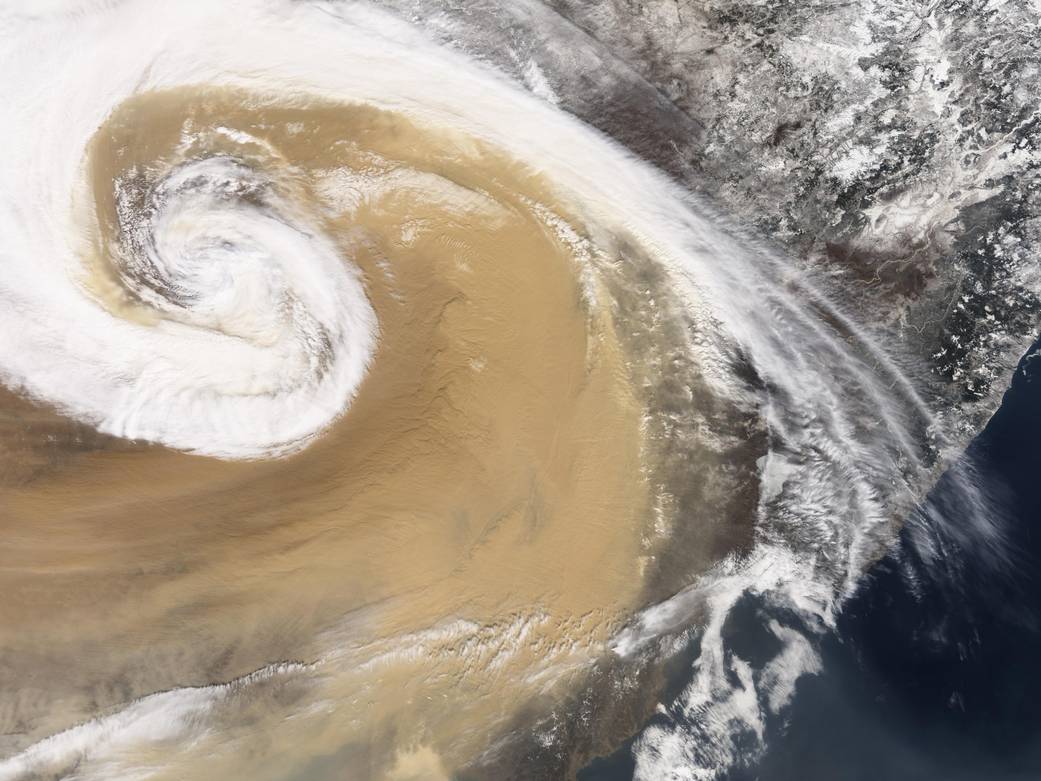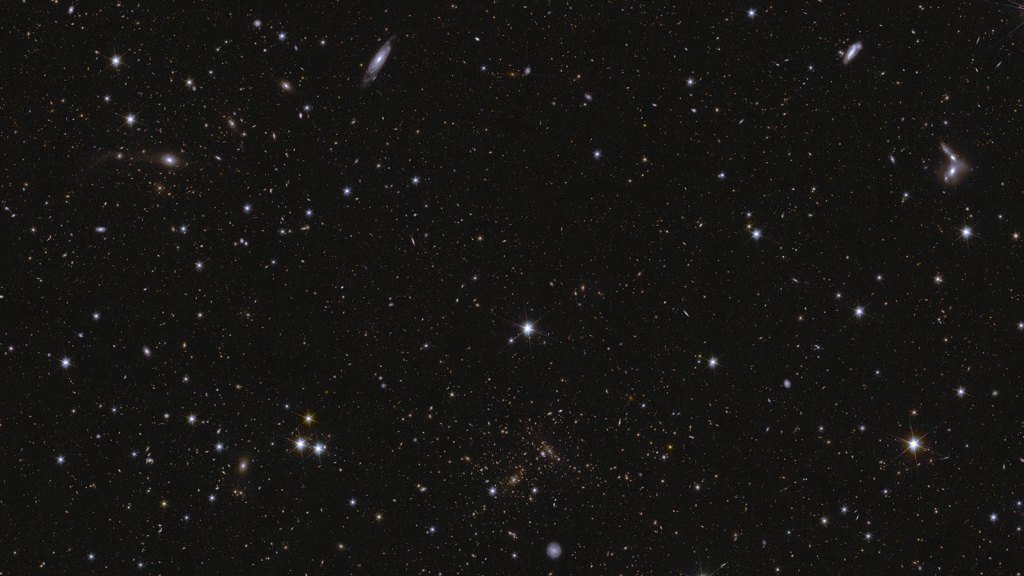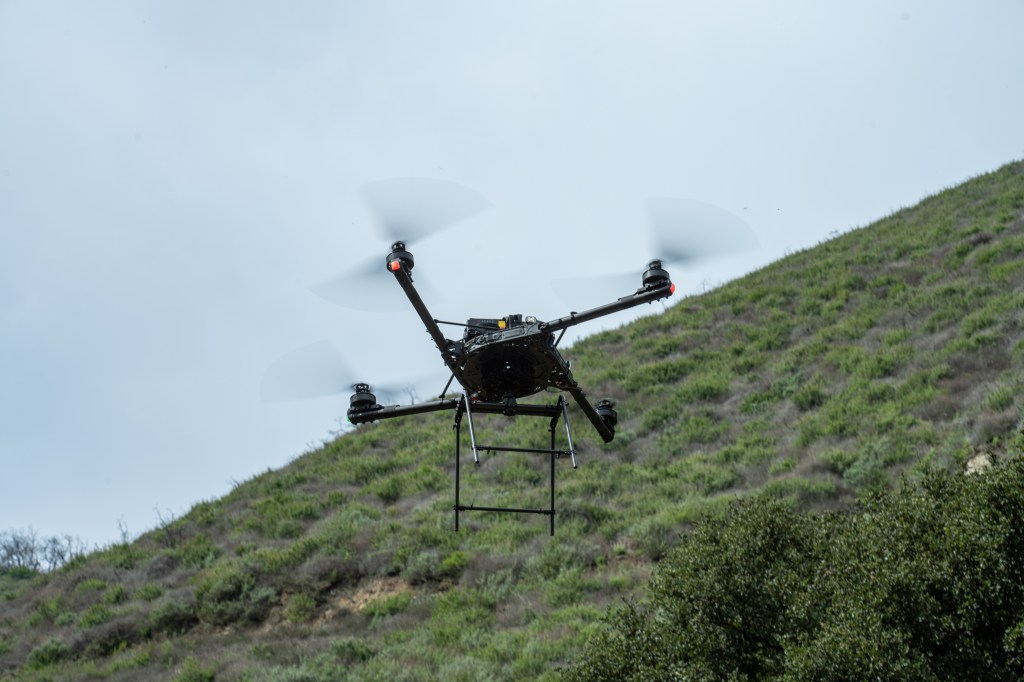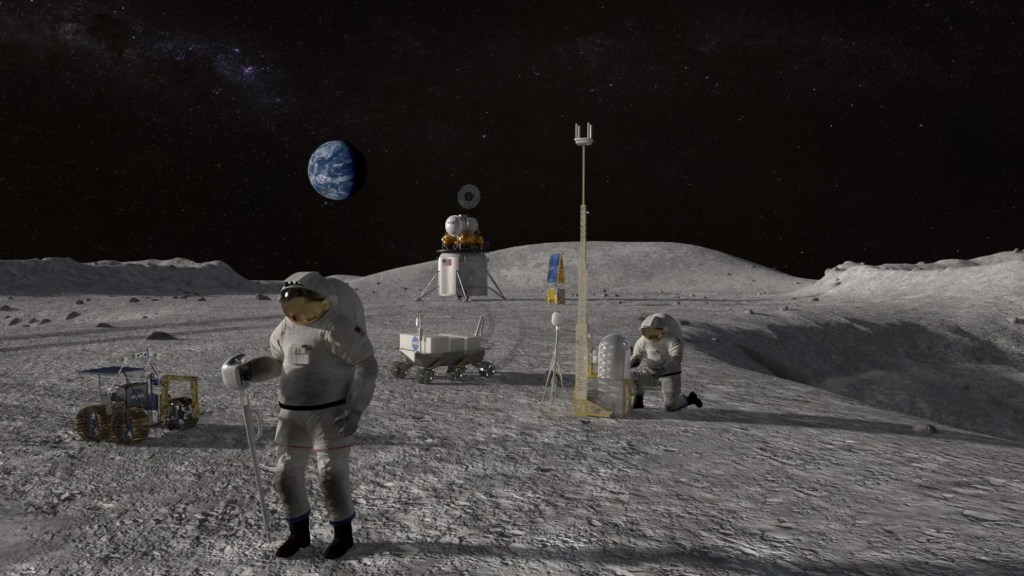
Scientists who study dust storms have long known that Saharan dust can travel across the Atlantic to the Americas. Asian dust, however, must travel much farther to reach the same destination. In April 2001, researchers watched with surprise as dust from an Asian storm crossed the Pacific reaching as far east as the Great Lakes and even Maryland.
An eye-witness to the dust storm, who visited Jilin Province in northeastern China, reported that around 7 a.m. local time on April 7, 2001, the dust blocked enough sunlight to leave the skies as dark as midnight, and reduced visibility to roughly 20 meters (65 feet). The Moderate Resolution Imaging Spectroradiometer (MODIS) on NASA’s Terra satellite captured these images of the dust storm as it swirled over China the same day.
An April 2001 temperate cyclone spun counter-clockwise over China, pushing a wall of dust as it moved. The deep tan dust is not only thick enough to completely hide much of the land surface below, but it almost forms its own topography, with ridges of dust rising up below the clouds.
A U.S. Navy Aerosol Analysis and Prediction System (NAAPS) model predicted where it would travel, which relies in part on data from NASA/s Sea-viewing Wide Field-of-view Sensor (SeaWiFS) sensor.
A 2005 paper by Jianguo Liu and Jared Diamond described the increased incidence of dust storms in China. From AD 300 to 1949, China experienced a dust storm on average every 31 years. After 1990, a dust storm occurred almost every year. The authors attributed the increase in such storms partly to deforestation and changes in water usage.Image Credit: NASA




























